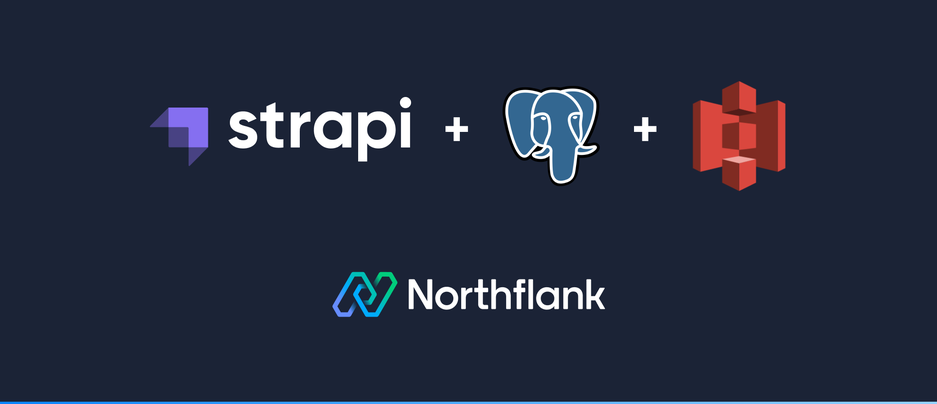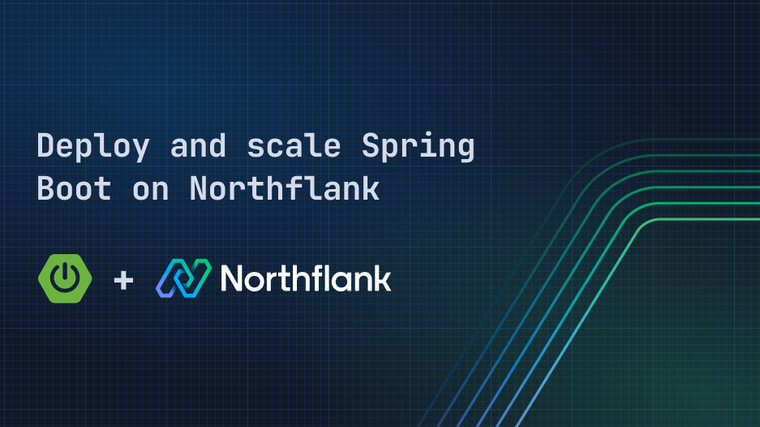

Strapi is an open-source headless CMS solution to create and manage your own APIs. Strapi is used to manage dynamic content with multiple contributors and can power your websites, blogs and applications.
In this guide, you will learn how to set up a new Strapi v4 deployment. Configuration data will be stored in a PostgreSQL database and media uploads will use your own Amazon S3 bucket.
-
Create a new bucket in your Amazon S3 and an IAM user that will be used for uploading to this bucket. The minimum required policy for your bucket is:
"Action": [ "s3:PutObject", "s3:GetObject", "s3:ListBucket", "s3:DeleteObject", "s3:PutObjectAcl" ], -
Create a new PostgreSQL database. For increased security, keep SSL enabled and External Access disabled. You can start with the smallest compute plan with 4 GB of storage and one replica.
-
Later, when you need to access the database in your local environment and run Strapi from your machine, you can use
northflank forwardin the Northflank CLI to forward the database for local development without enabling external access.
-
-
Create a new secret group which will store the environment variables. We will manually add S3 connection details and link the database we created earlier.
Manual Secrets
Key Value AWS_ACCESS_KEY_IDYour AWS user’s access key AWS_ACCESS_SECRETYour AWS user’s access secret AWS_REGIONBucket region, for example us-eastoreu-west-2AWS_BUCKETBucket name, for example strapi-mediaAPP_KEYSString of two or more comma separated values JWT_SECRETString of 64 characters -
Click on the key icon to use a built-in random key generator to generate long and secure strings.
Inherited environment variables from the database
Variable name Alias HOSTDATABASE_HOSTPORTDATABASE_PORTTLS_ENABLEDDATABASE_SSLDATABASEDATABASE_NAMEUSERNAMEDATABASE_USERNAMEPASSWORDDATABASE_PASSWORD
-
Inheriting environment variables ensures that the database connection details are automatically injected in the environment, avoiding the need to manually copy and paste them.
-
To learn more about connection details inheritance, read our changelog post.
-
-
Open our template repository and click
Use this templateto create a new repository in your account. Our template repository has S3 upload pre-configured and you don’t have to edit any files. -
Create a new combined service and select your repository as the source. Select Buildpack under build options and leave default
heroku/buildpacks:20. Port 8080 will be automatically detected and exposed. You can start with the smallest resource plannf-compute-10.
Once the build succeeds and container boots up, visit the service URL to create your first administrator account.
Northflank allows you to deploy your code and databases within minutes. Sign up for a Northflank account and create a free project to get started.
- Multiple read and write replicas
- Observe & monitor with real-time metrics & logs
- Low latency and high performance
- Backup, restore and fork databases
- Private and optional public load balancing as well as Northflank local proxy


